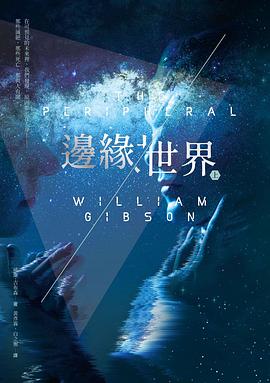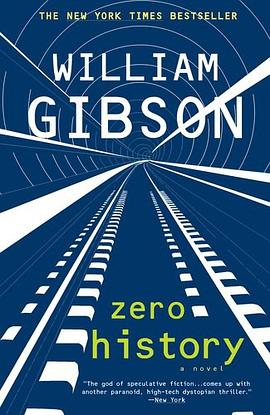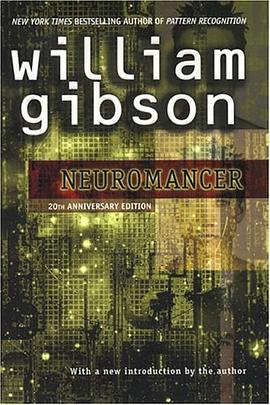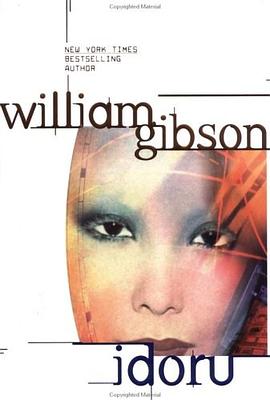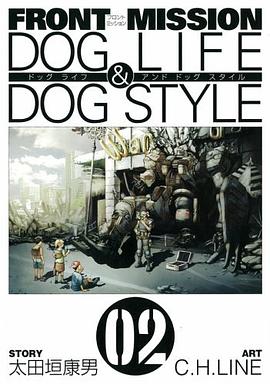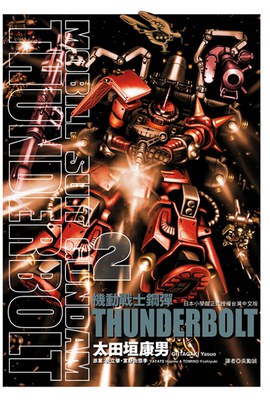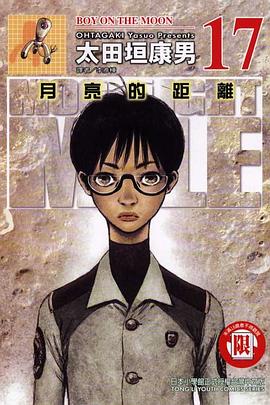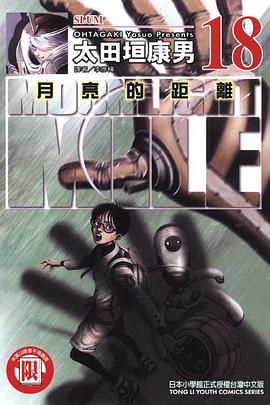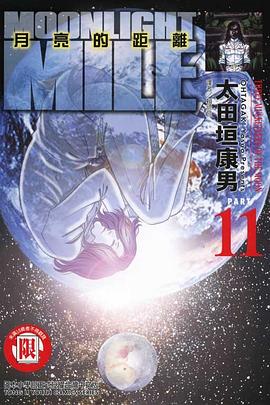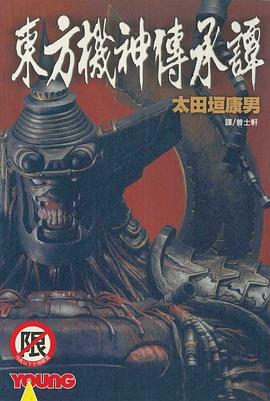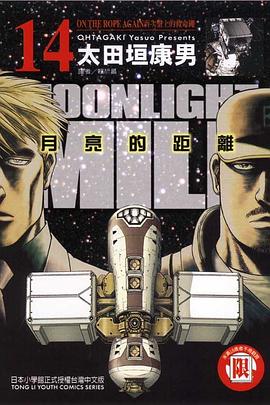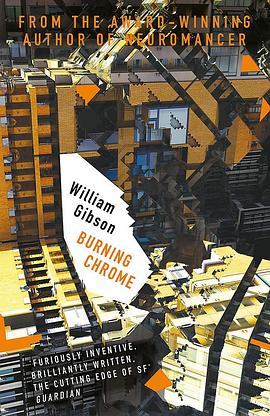

具体描述
"Burning Chrome" is a short story, written by William Gibson and first published in Omni in July 1982. Gibson first read the story at a science fiction convention in Denver, Colorado in the autumn of 1981, to an audience of four people, among them Bruce Sterling (who Gibson later said "completely got it"). It was nominated for a Nebula Award in 1983[2] and collected with the rest of Gibson's early short fiction in a 1986 volume of the same name.
作者简介
William Ford Gibson (born March 17, 1948) is an American-Canadian speculative fiction writer and essayist widely credited with pioneering the science fiction subgenre known as cyberpunk. Beginning his writing career in the late 1970s, his early works were noir, near-future stories that explored the effects of technology, cybernetics, and computer networks on humans—a "combination of lowlife and high tech"[19]—and helped to create an iconography for the information age before the ubiquity of the Internet in the 1990s.[20] Gibson notably coined the term "cyberspace" in his short story "Burning Chrome" (1982) and later popularized the concept in his acclaimed debut novel Neuromancer (1984). These early works have been credited with "renovating" science fiction literature.
After expanding on Neuromancer with two more novels to complete the dystopic Sprawl trilogy, Gibson collaborated with Bruce Sterling on the alternate history novel The Difference Engine (1990), which became an important work of the science fiction subgenre steampunk. In the 1990s, Gibson composed the Bridge trilogy of novels, which explored the sociological developments of near-future urban environments, postindustrial society, and late capitalism. Following the turn of the century and the events of 9/11, Gibson emerged with a string of increasingly realist novels—Pattern Recognition (2003), Spook Country (2007), and Zero History (2010)—set in a roughly contemporary world. These works saw his name reach mainstream bestseller lists for the first time. His more recent novel, The Peripheral (2014), returned to a more overt engagement with technology and recognizable science fiction concerns.
In 1999, The Guardian described Gibson as "probably the most important novelist of the past two decades," while the Sydney Morning Herald called him the "noir prophet" of cyberpunk.[21] Throughout his career, Gibson has written more than 20 short stories and 10 critically acclaimed novels (one in collaboration), contributed articles to several major publications, and collaborated extensively with performance artists, filmmakers, and musicians. His work has been cited as an influence across a variety of disciplines spanning academia, design, film, literature, music, cyberculture, and technology.
目录信息
读后感
用“短篇集”三个字不够分量,真得用“杰作选”。 我读威廉·吉布森很费劲,但快感也非常大,他创造出的意象都是最让我意乱神迷、心花怒放的意象,往俗了说,他创造了所有我爱的科幻B级片元素:封装售梦、脑联接体验、东亚和南美的非法交易、cyborg、垃圾与二手回收。 文字上...
评分《约翰尼的记忆》,蔓生都会的序曲,赛博朋克的前奏;后有改编电影《捍卫机密》,又可视为《黑客帝国》的前传,剧情尚可,视效表演略弱。 《根斯巴克连续体》,雨果·根斯巴克笔下的《大科学家拉尔夫124C·41+》技术崇拜图景不再,新浪潮的变革充斥袭来。结合桃子提供的《图注<...
评分整本里最喜欢《冬季市场》这一篇。 读了很多遍 ———————————————————————————————— 如果在死后把所有神经信号硬件化,放在服务器上,是否就获得了了永生? 冬季市场最迷人的地方,是身为人的凯西在面对最后获得了永生的丽兹面前,感受到的恐惧...
评分 评分我从小喜欢看科幻电影,但是行为粗鄙,很少读带字的书,所以对科幻小说并不熟悉。高中时跟着同桌看了三本科幻世界,兴奋异常,但也是十几年前了,所以,现在的标准应该完全不一样了。 之前不久,老婆给我一本科幻短篇,某个人的集子,我看了看,说没劲。每一篇基本都是...
用户评价
切片圣女奥尔加
评分《全息玫瑰碎片》
评分切片圣女奥尔加
评分《全息玫瑰碎片》
评分《全息玫瑰碎片》
相关图书
本站所有内容均为互联网搜索引擎提供的公开搜索信息,本站不存储任何数据与内容,任何内容与数据均与本站无关,如有需要请联系相关搜索引擎包括但不限于百度,google,bing,sogou 等
© 2026 book.quotespace.org All Rights Reserved. 小美书屋 版权所有

